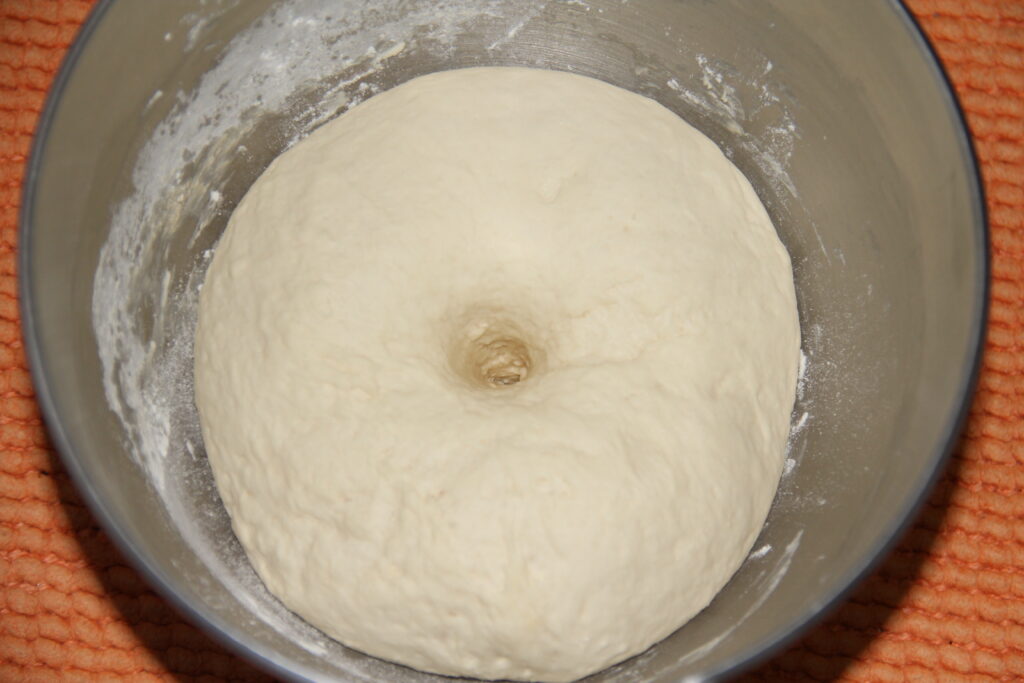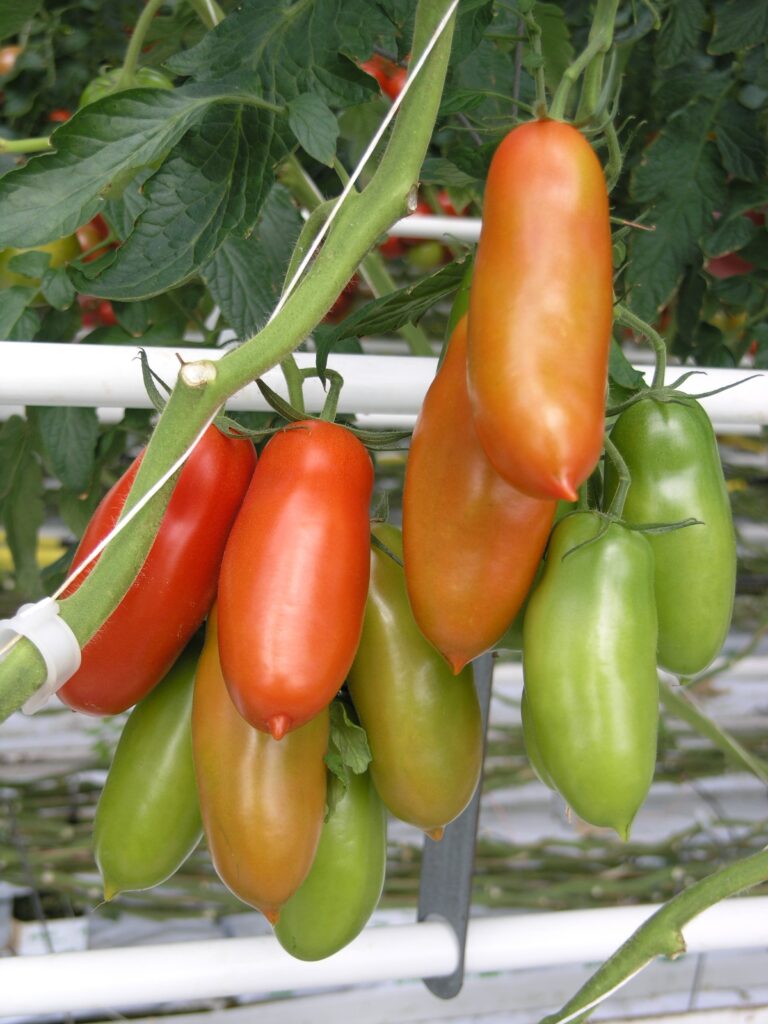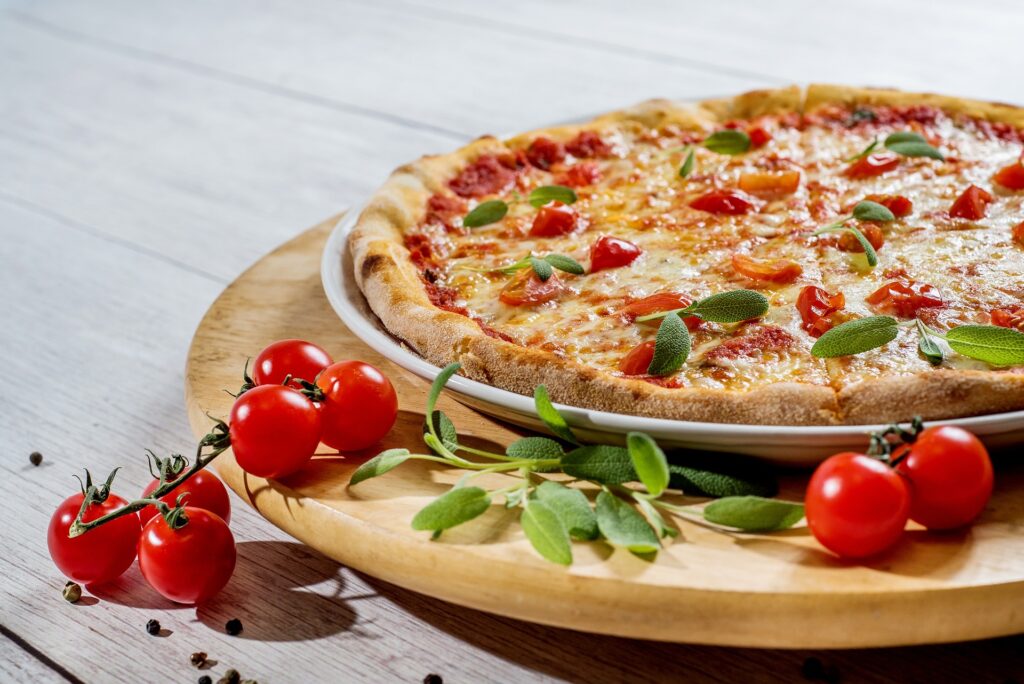In the eternal war between American and Italian Pizzas, the Italians come out on top every day of the week. Undoubtedly, the Italians know their way around the pizza oven. Their thin, crispy crusts and simple, fresh ingredients are the hallmarks of a truly great pizza. On the other hand, American deep-dish pizza has its unique appeal, but in my mind, it is just glorified bread with an overload of toppings.
There is no arguing; nothing can beat a fresh-out-the-oven, wood-fired pizza, except one made at home. Lucky for me, my parents have one at home, and needless to say, I’ve made my fair share of pizzas (and lasagnas) in that oven over the years.
About 5 years ago, I moved to the other side of the country, and I am still unsure whether I miss my parents or the oven more. So, for the past 5 years, I’ve been trying to recreate that perfect wood-fired pizza at home, and I have to say, I’ve gotten pretty darn good at it. But before we get into the nitty-gritty of making the perfect homemade pizza, let’s discuss why Italian pizza is so damn good.
JUMP TO:
Why Is Italian Pizza So Good?
Italian pizza is all about simplicity. It’s about using fresh, high-quality ingredients and letting the flavours speak for themselves. As a result, you’re not overwhelmed with toppings and cheese when you bite into a slice of Italian pizza. Instead, you’re treated to a delicate balance of flavours and textures in perfect harmony. And let’s not forget about the crust. The Italian pizza crust is a work of art. It’s thin and crispy on the outside yet soft and chewy on the inside. It’s the perfect vehicle for the toppings, and it separates Italian pizza from all the imitators out there.

You’re already one step ahead if you’re lucky enough to have a wood-fired oven. But even if you don’t, you can still make some good pizza in your regular oven. There are 3 key aspects to creating the perfect pizza – they are
- The Dough,
- The Sauce
- The Toppings.
- The Bake
How To Make The Perfect Pizza At Home
1. The Dough
The dough is arguably the most critical aspect of making a great pizza. It provides the structure of the dish and serves as the vessel for all the delicate flavours you are concocting. The building blocks of great pizza dough are:
- Flour
- water
- yeast
- salt
- sugar
The quality of these ingredients and how they are combined can make all the difference in the final product.
Flour
The type of flour you use is critical to the texture of the dough. A good quality bread flour or Tipo “00” flour from Italy is ideal. Bread flour has a high gluten content, which helps the dough to stretch and hold its shape. Tipo “00” flour is finely ground and has a lower gluten content than bread flour but still produces a soft and elastic dough. Avoid using all-purpose flour as it doesn’t have the same gluten content and will not yield the same results. If you can’t find Tip “00” flour at your local Supermarket, you can usually pick it up from Amazon with next-day delivery.
Water
Water is used to hydrate the flour and activate the yeast. The temperature of the water is also important. To activate the yeast, it should be warm, around 38-41°C (100 – 105 F). If the water is too hot, it can kill the yeast; if it’s too cold, the yeast won’t activate properly.
Yeast
Yeast is the magic ingredient that makes the dough rise. It feeds on the sugar in the dough and produces carbon dioxide, creating air pockets. There are two types of yeast:
- Active dry yeast
- Instant yeast
Active dry yeast must be activated in warm water before adding it to the dough, while instant yeast can be added directly to the dry ingredients. Use only as much yeast as necessary, as too much can cause the dough to rise too quickly, resulting in a tough texture.
Salt
Salt adds flavour to the dough and helps regulate fermentation by controlling yeast activity. However, it is also important to note that you should not add salt directly to the yeast and water mixture when activating it, as this can kill the yeast.
Sugar
Adding sugar to the dough can help feed the yeast and encourage browning on the dough. Although not an essential ingredient, I enjoy using sugar as it helps to develop a better dough strength. Don’t add too much, though, as this can produce an overly sweet dough.
Mixing The Dough
Once you have your dough ingredients, it’s time to start mixing. Start by combining your dry ingredients and then slowly add in your water (if you are using active yeast, remember to let the yeast activate in lukewarm water before adding it to your dry ingredients). Next, knead the dough for 10 minutes to develop the gluten. Then, you want to let it rise for at least an hour or until it doubles in size. After the first rise, you can divide the dough into portions and let it rise again before using it to make your pizzas.

What If You Are Gluten Intolerant?
For gluten intolerant or celiac disease, making a gluten-free pizza base is the only option (because nobody should go through life without pizza!) Fortunately, many gluten-free flours can be used to make a delicious pizza crust. Some popular options include
- Rice flour
- Almond flour
- Tapioca flour
These flours have a different texture and require different ratios of liquid to flour than traditional wheat flour, so following a specific recipe is important. Xanthan gum is also often added to the gluten-free dough to help bind the ingredients together and create a stretchy texture. With some experimentation, you can make a gluten-free pizza crust that is just as tasty as a traditional one.
2. The Sauce
The sauce is the flavour foundation of a pizza, providing a harmonious blend of tanginess and savoury notes that complement toppings. It ensures the crust remains moist during baking, serves as a binding layer for toppings, and offers a counterbalance to rich ingredients. Rooted in culinary tradition, the sauce defines a pizza’s regional identity. Its versatility allows for creativity, with variations like marinara, pesto, and barbecue, making the sauce indispensable in crafting a memorable pizza experience.

Authentic Italian Pizza Sauce Recipe
Ingredients:
- Ripe San Marzano tomatoes: 400g (canned or fresh)
- Fresh basil: A handful, finely chopped
- Minced garlic: 2 cloves
- Extra virgin olive oil: 2 tablespoons
- Salt: to taste
- Freshly ground black pepper: to taste
Instructions:
- Preparation of Tomatoes: If fresh San Marzano tomatoes are used, wash them thoroughly. Make a small ‘X’ incision at the bottom of each tomato. Boil them for a minute or two until the skin peels off. Remove from heat, peel and crush them finely. If using canned, crush them to a fine consistency.
- Sautéing the Base: Heat the extra virgin olive oil over medium heat in a saucepan. Once warm, add the minced garlic. Sauté until it’s fragrant but not browned.
- Tomato Addition: Pour the crushed San Marzano tomatoes into the saucepan. Stir well, ensuring the garlic is evenly distributed.
- Seasoning: Sprinkle in the finely chopped basil. Add salt and freshly ground black pepper to taste. Stir well.
- Simmer: Let the sauce simmer on low heat for about 20-25 minutes. The sauce should thicken, and the flavours should meld together. Stir occasionally to prevent any sticking at the bottom.
- Cool and Store: Once done, remove from heat and let it cool. If not used immediately, store it in an airtight container in the refrigerator. It stays fresh for up to a week.
Chef’s Note: This sauce is a testament to the beauty of Italian cooking – where fresh ingredients, combined with love and patience, create a symphony of flavours. Perfect for your homemade pizzas, pasta, and more. Enjoy!
3. The Toppings
Now we’re at the exciting part. This is where you can get creative and make your pizza truly unique. However, it’s important not to go overboard with toppings and accidentally turn your pizza into American bread. The key is to strike a balance between flavours and textures. Here are some classic toppings to consider:
- Margherita: Tomato sauce, fresh mozzarella, and basil
- Pepperoni: Tomato sauce, mozzarella, and pepperoni
- Hawaiian: Tomato sauce, mozzarella, ham, and pineapple
- Prosciutto and Arugula: Tomato sauce, mozzarella, prosciutto, and arugula
Yes, I included a pizza with pineapple. Don’t knock it till you’ve tried it; if you don’t like it, you’re missing out! One of my favourite pizzas is Hawaiian with extra Avo! However, please don’t use canned pineapple, horrible stuff, and you will ruin your Pizza!
Less is more! It’s important to use high-quality ingredients. Fresh vegetables, quality meats, and flavourful cheeses can make all the difference in the final product.

Keep it simple: Don’t overload your pizza with too many toppings. This can result in a soggy crust and uneven baking.
4. The Bake
The bake is the step where the magic happens. This is where you turn that dough and toppings into a delicious pizza. Again, if you have a wood-fired pizza oven, you are already miles ahead, but if not, don’t worry; you can still make a great pizza in your regular oven. All you will need is a pizza stone; if you don’t have one, go to the shops immediately and get one. Otherwise, head over to Amazon and pick this one up. This pizza stone has excellent reviews and next-day delivery. It is probably the best investment I’ve ever made!

But if you are lucky enough to own a wood-fired pizza oven, cooking pizza is much better because the bottom of the oven is piping hot when your pizza enters the oven. The hot surface helps remove moisture from the pizza base and helps develop a stronger, crunchier base.
MNore about how a pizza oven works here.
The pizza stone inside a regular oven absorbs and holds heat, creating a hot surface that mimics the floor of a wood-fired oven. It also helps regulate the temperature in the oven. For example, the hot air escapes when you open the oven door and the temperature drops. A pizza stone helps maintain the heat in the oven by absorbing and radiating it back into the air so the temperature recovers faster.
- Preheat your oven: You want your oven to be as hot as possible. If you’re using a regular oven, crank it to the highest temperature and let it preheat for at least 30 minutes. If you’re using a wood-fired oven, you want to get it up to around 400 degrees Celsius! (750 F)
- Timing: Keep an eye on your pizza while it’s baking. Depending on the temperature of your oven, it can take 5 to 15 minutes to cook. You want the crust to be golden brown and the cheese to be melted and bubbly.
We have a complete guide on using a pizza stone here.
Thinking Of Getting A Pizza Oven
There is nothing like the real thing. So we did some research for you and found this little portable beauty. It is the “bee’s knees” of Pizza ovens. It can be wood-fired, or you can use Gas if you don’t have access to wood.
 Roccbox Gozney Portable Outdoor Pizza Oven
Roccbox Gozney Portable Outdoor Pizza Oven
- If you're looking for an outdoor pizza oven that can produce authentic Neapolitan-style pizzas, the ROCCBOX by Gozney Portable Outdoor Pizza Oven is an excellent choice.
- The Roccbox heats up fast and reaches temperatures up to 932°F, so you can cook a pizza in 60 seconds!
- In addition, it is made with high-quality materials and designed to be portable and easy to use.
- Simple to use
- Gas or wood fueled
- Cook a pizza in 60 seconds
- Safe to touch
- Durable construction
- 19mm Stone part of the floor
- Built-in thermometor
- Some small parts, like screws, may rust, if you leave it out in the weather, so keep it covered.
- Can only cook one Pizza at a time.
Making Pizza At Home: Summing Up
With the right ingredients, accessories, technique, and a little practice, you can make a delicious homemade pizza that rivals those from your favourite pizzeria. Remember, it all starts with the dough – use high-quality ingredients and take your time, and you’ll be rewarded with a crispy crust that’s the perfect base for all your favourite toppings. So roll up your sleeves, preheat your oven (with the stone), and get ready to make the best pizza of your life!






